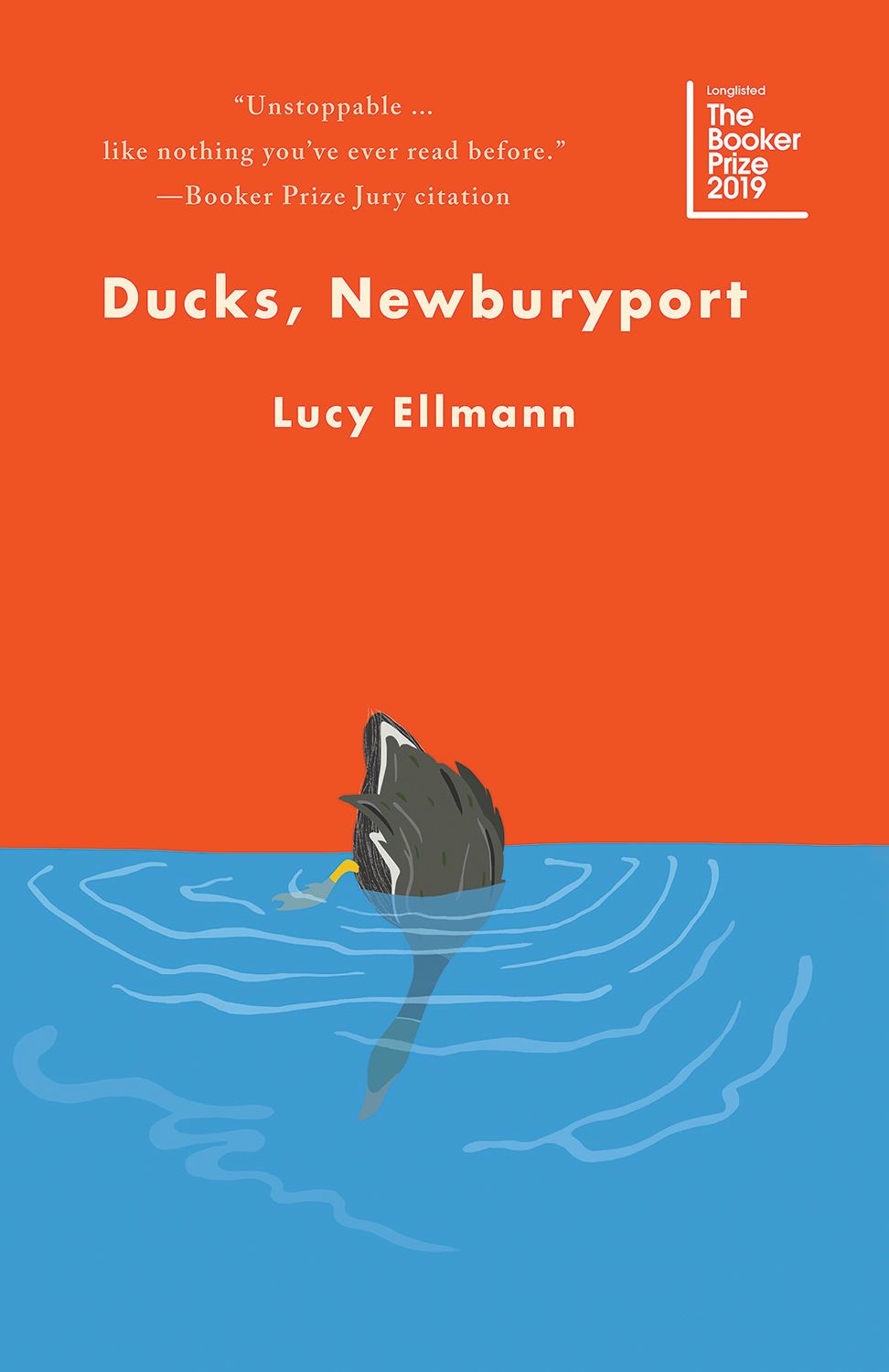Books in Brief: Ducks, Newburyport

I finished Ducks, Newburyport. I started in September 2019 and finished today, four months later. It’s a singular, unique, and amazing work that shows a whole human being in the right now.
I’ve never read a novel that so accurately depicted the sensation of living in an environment where every day brings fresh horrors that don’t directly impinge on our lives, even as they gnaw at our well-being. More powerfully still, I’ve read nothing that so thoroughly acknowledges the toxic mix of guilt and dread that is the bassline of life in Western society amid a climate change disaster that our every action exacerbates.
Thinking Through the Clutter, a book review by Levi Stahl
I’ve never read anything like it. A lot of the time when I began reading it on a given day, I would get overwhelmed in the way the narrator felt overwhelmed, which is why I think it took me four months to read. I read other things during that time, too, because too much of it, especially in one sitting, felt like too much. But there are some passages where twenty pages will go by and you will feel sucked completely out of time and into the narrator’s head.
I have said elsewhere reading Ducks, Newburyport was a restorative, even a reparative experience. I felt healthier for reading it. Each night, incrementally, it was making me better. And it might be because of this I am not really fit to make any grand claims for it: masterpiece, miracle, genius etc., although I am certain it is all these things. What I will say, however, is that like other great works of art, I believe when we reflect back on Ducks, Newburyport we will think it strange that the world once existed without it. This is one definition of timelessness. Not so much that a work of art is perennially relevant, but that we feel it has always been with us, somehow in its newness we recognise it. This is why I picked it up on that Saturday morning, weary and depressed as I was: it was already part of me.
What we have is a person, a book review by Neil Griffiths
The book deals with a lot of contemporary anxieties, which means it can induce those anxieties by bringing them up. Of particular significance is the amount of attention paid to gun violence. The narrator is in the midwest, and her anxieties over open carry, 2nd amendment people, and the entire narrative of individualized libertarian responsibility for defense is an anxiety I share and think about a lot. Another way of saying this is that if you also feel these anxieties, this will make you feel both saner as you see them reflected in such a fleshed-out person and more anxious as it becomes the subject of the narrator’s thoughts as we follow them.
If you are at all interested in reading this book, I’d recommend you to read it sooner rather than later, as it will feel different reading it in ten years than it will now. But it will be an important and relevant book forevermore.